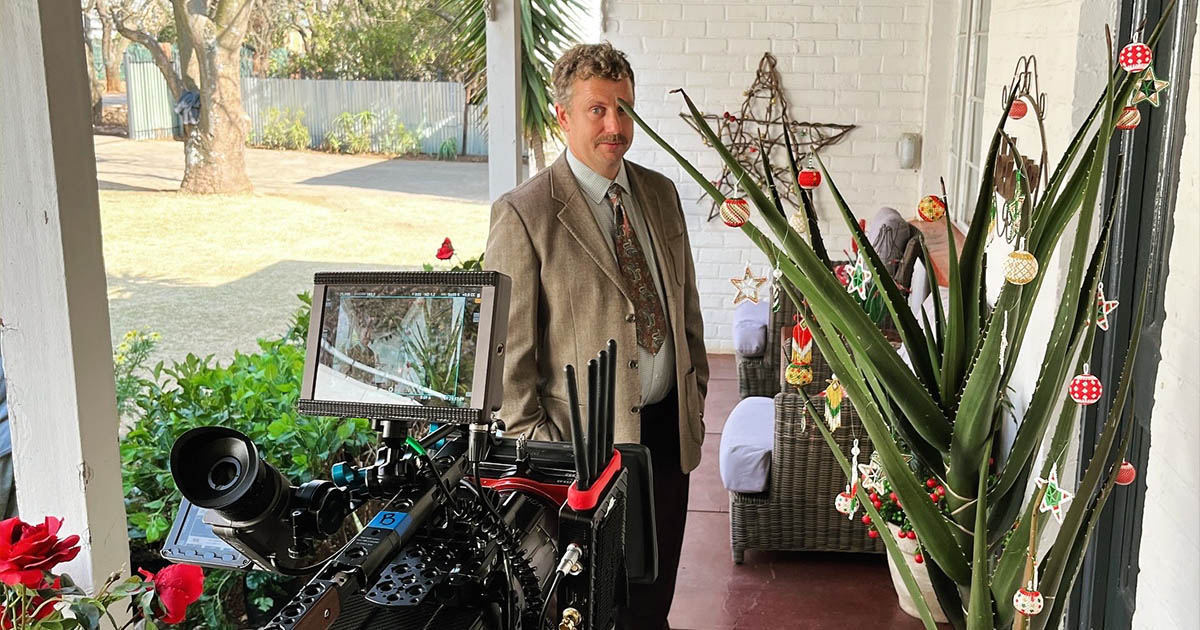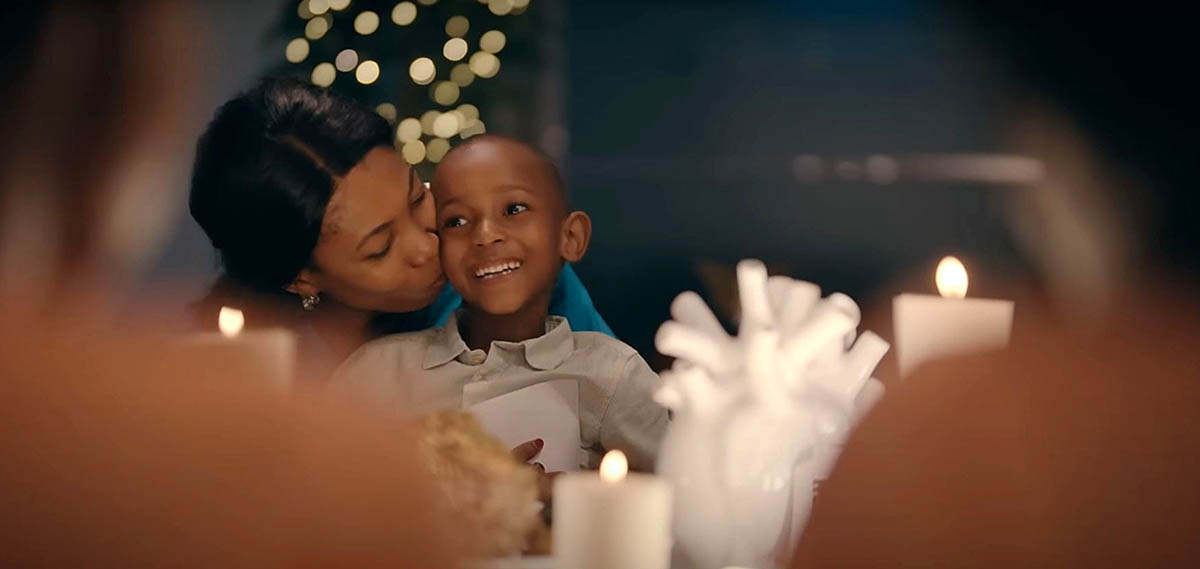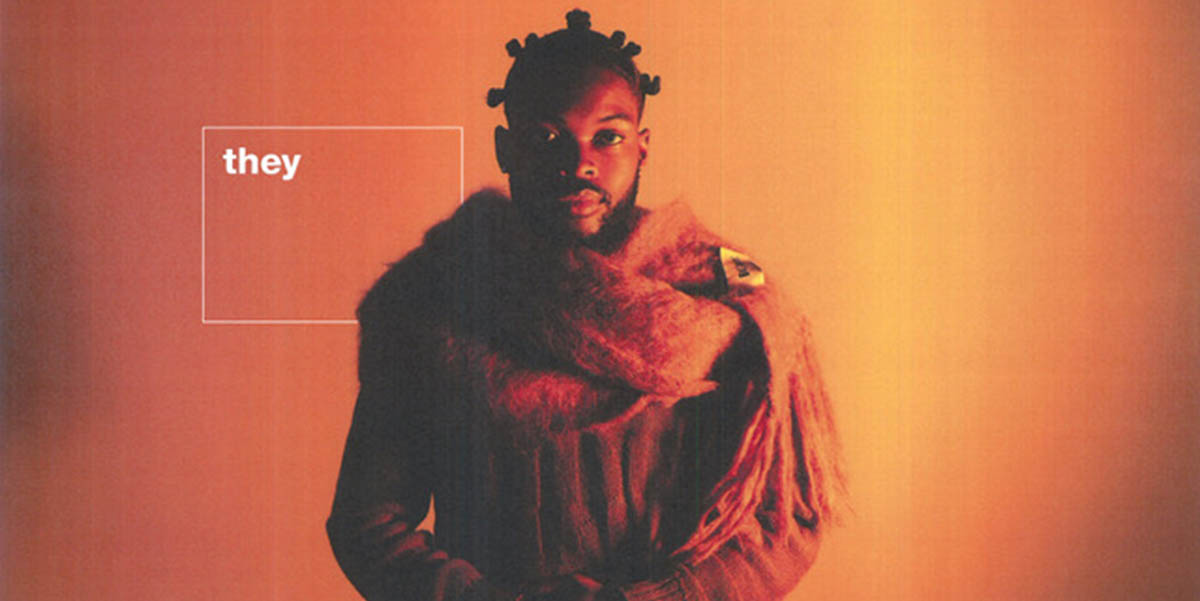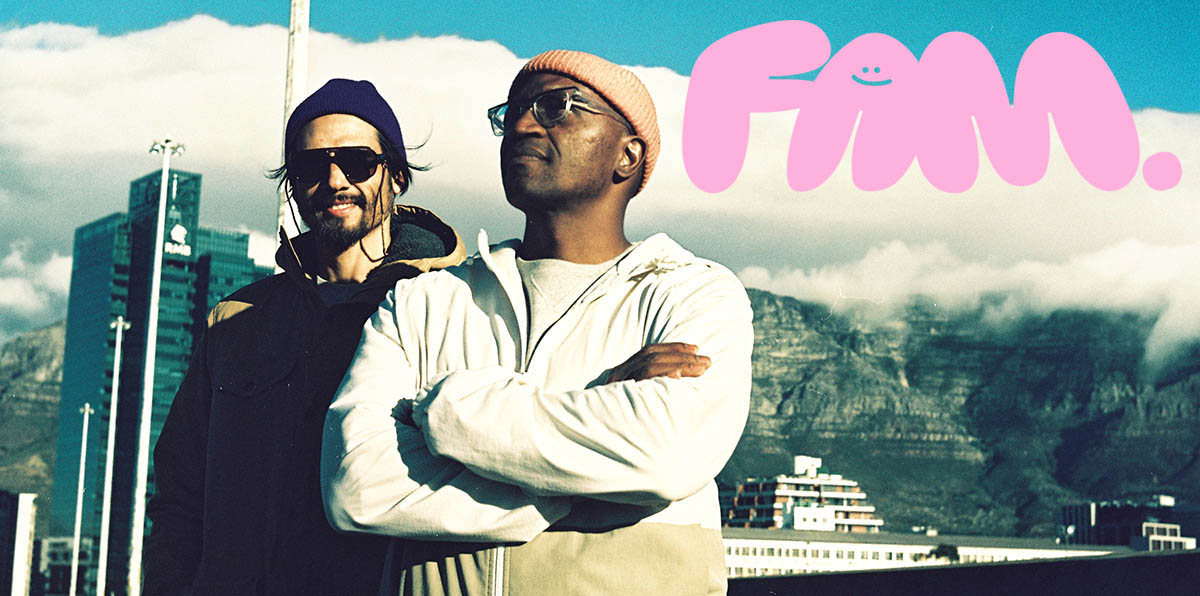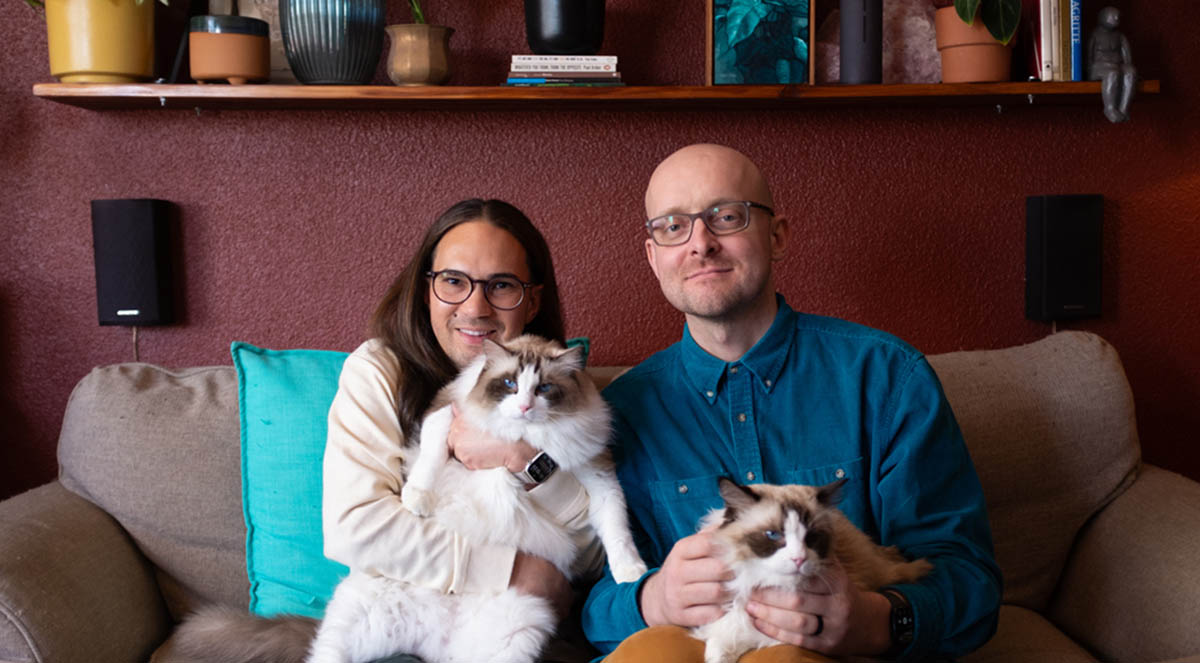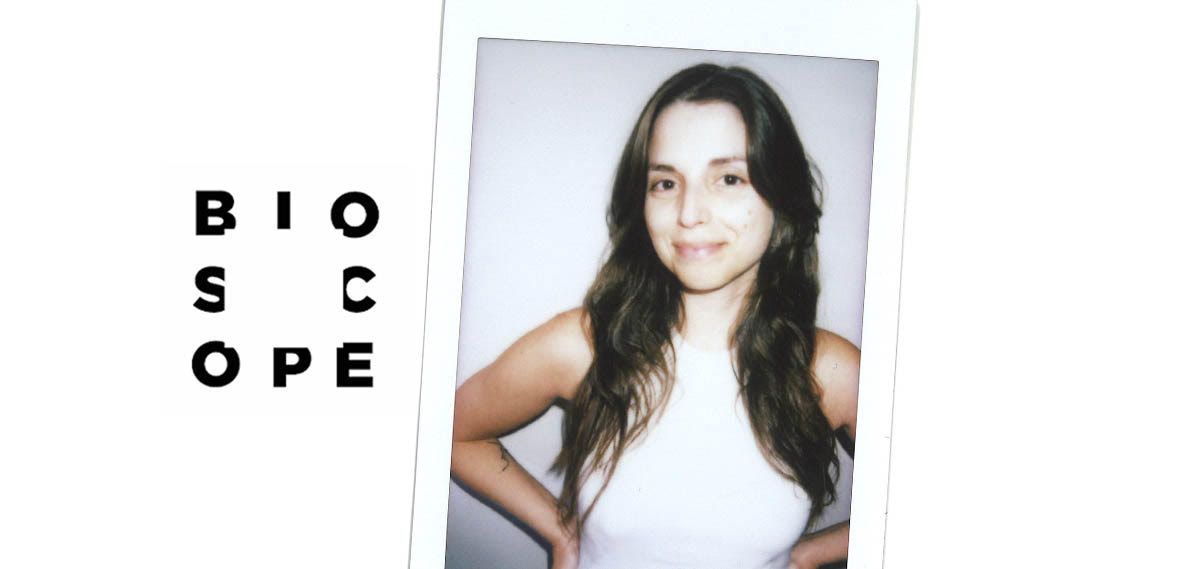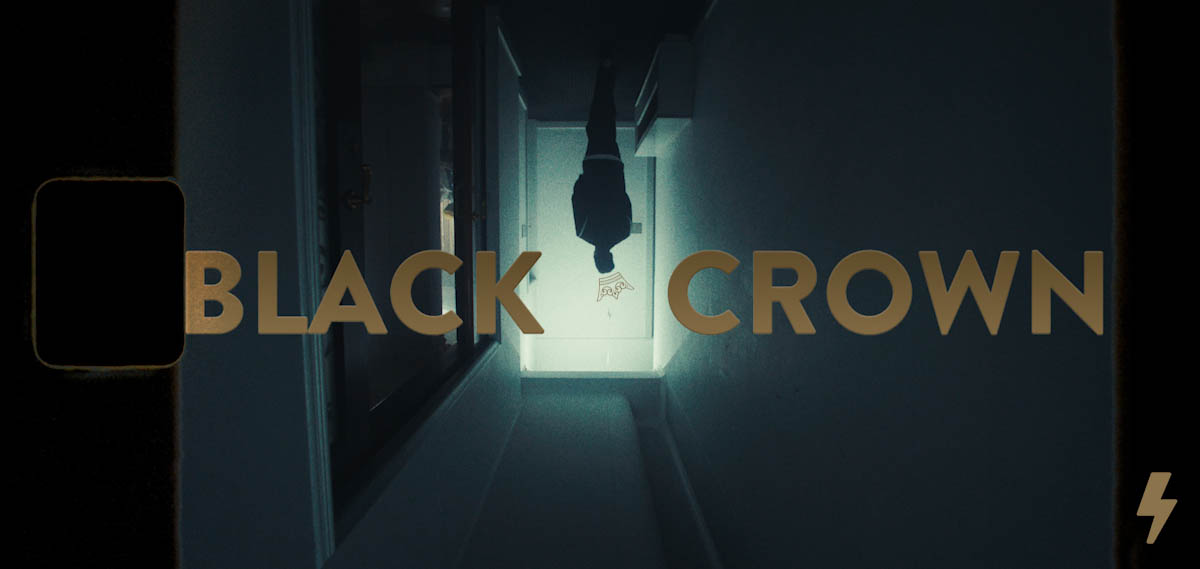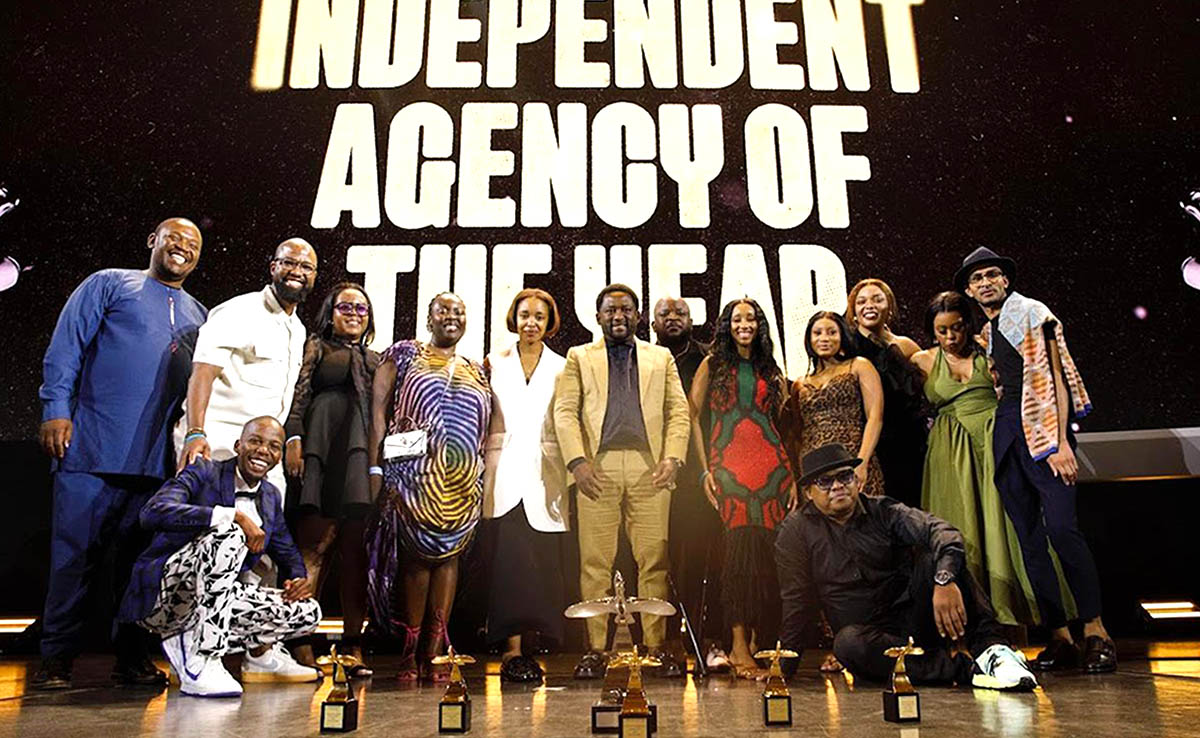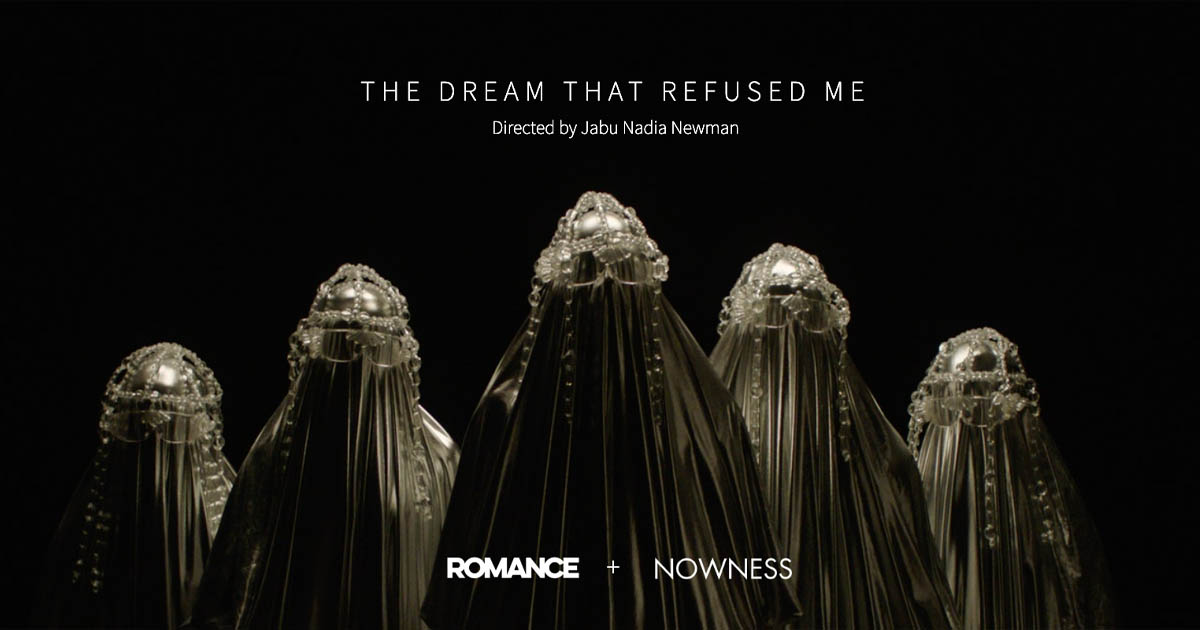
Jabu Nadia Newman from Romance Films explores black identity in a Nowness short film ‘The Dream That Refused Me’
Jabu Nadia Newman’s latest short film is a dream. Created by Romance Films, ‘The Dream That Refused Me’ is a striking and surreal visual poem that explores black identity through dance, digital filters, and collage artwork.
Commissioned by well-known cultural platform NOWNESS as part of their No Direct Flight series to showcase the new aesthetics of the African diaspora, the project offered Jabu an opportunity to really play creatively.
NOWNESS ‘The Dream That Refused Me’
‘The Dream That Refused Me’ is split across four aesthetically distinct chapters that tie together myths, attitudes, and rituals from across South Africa. Powerful and emotionally stirring, a Xhosa poem narrated by Siyabonga Jim draws a narrative line between the ancestral spectres and incandescent landscapes created by collage artist Zas Ieluhee.
We sat down with Jabu to unpack this unique film and the process of making it.
Q: Can you tell us what this film is about?
Jabu: Through the internet ideas are constantly being shared and representations of blackness are constantly evolving as well as being appropriated. The themes of this film are collaboration, translation and interpretation… Myself, the cast, the cine (Deon van Zyl), art director (Wendy Fredriksson) and costume designer (Unathi Mkonto) each had their own interpretation of the Xhosa poem by the narrator Siyabonga Jim, which makes every single colour, shot, or look another layer in representing the spoken poem. In this way, I wanted to take something as ancient and intrinsically African as storytelling to create a modern and contemporary film.
Q: You deliberately chose to create the piece without subtitles. Can you elaborate on that? Does that connect in any way to the use of dance in the film?
Jabu: By focusing on an orator who is performing a poem in Xhosa, we wanted to steer clear of trying to translate directly and rather create many different interpretations through a collaborative process. Everything in the film is connected to the poem and the dance was a way of illustrating things about a relationship that maybe could not be said in words.


Q: One of your collaborators was collage artist Zas Ieluhee, tell us about the process of working remotely and why you picked them as a creative partner?
Jabu: The intention was to tackle ideas of how the internet has helped people of colour and Africans share art and stories globally, and to illustrate the new norm of working with someone solely over the internet through digital correspondence. I had always followed Zas and absolutely loved their work. I saw that they were also playing around with video and figuring out how to bring their 2D collages to life. It was a logical fit. Collage is an interesting medium because it speaks to the multiplicity of themes, ideas, references and meaning. Zas also borrows a lot from old text and images like National Geographic that spoke directly to the themes of the piece.
Q: You also worked with South Africa’s first CGI model Kim Zulu, tell us how she came onto the project?
Jabu: When thinking about Afrofuturism and the future of film I knew I had to include her. She is the future! The ultimate form of computer generated image. She was so sweet and fun to work with!
Q: What does the future of filmmaking look like?
Jabu: For me, the future of cinema is African filmmaking. Using traditional forms of storytelling and going back to the simplest form of filmmaking. It’s also a world where there’s more access. Film schools are more affordable, equipment, mentorships (even film festivals) are more readily available and more stories are being told.
Q: The Ethnic-ify segment is one of the standout scenes of the film that speaks to the themes of exoticism and cultural appropriation – can you speak more about that and how you went about crafting that scene?
Jabu: The idea of incorporating the Ethnic-ify segment was to challenge the amalgamating of ‘African aesthetics’, where too many markers and signifiers of African cultures get confused or mashed together in the media. It’s just a funny premonition of where things are going. I got to work with Natalie Paneng, who is a video artist that often creates her own satirical videos and characters, so it was a collaborative effort and lots of fun. We also shot her remotely as she was based in a different city, so everything was done over Zoom.

Q: There are shifts in tone from the poetic to the satirical in the film – why was it important to create that disjunction?
Jabu: I’m not really sure why, I think that’s just my style. I love comedy and like when it’s unexpected or not shown in a traditional way. The film is also supposed to feel like you’re flicking through channels or switching through realms and worlds, which are all connected in some way.
Q: What for you is the “new aesthetic of the African diaspora”?
Jabu: I think it’s really just about authentic storytelling embellished by our local flavour, colours, prints, characteristics and music. It’s borrowing from the old and discovering things that connect us to our ancestors and connect the old with the new. It’s about identity and how we want to position and display ourselves.
Q: The costumes/styling played a big part in creating the look of the film – can you speak to this process and how you collaborated with designer Unathi Mkonto?
Jabu: I knew he’d be perfect for this because he’s so creative and designs structural garments that I’ve never seen before. He interpreted the poem in his own way, very differently to Siya the poet, that brought the poem to life through fashion. He also has a great relationship with SA designers like Viviers Studio, AKJP and Amanda Laird Cherry, and having the opportunity to champion South African designers in the film was also important to me.
Wanna (s)talk some more? Romance Films on IDIDTHAT and Company Website
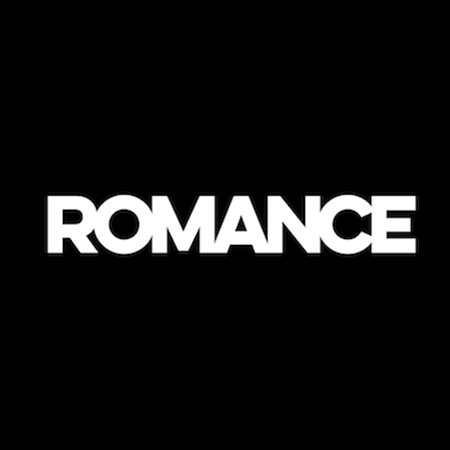
Contact Romance
Executive Producer: Helena Woodfine
helena@romancefilms.tv
Executive Producer: Rozanne Rocha-Gray
rozanne@romancefilms.tv
Produced by the IDIDTHAT Content Studio
*This content may not be reproduced or used in any part without the prior written consent of IDIDTHAT. Reprints must credit I DID THAT.co (ididthat.co) as the original publisher of this editorial piece and include a link to this site.
This Editorial is paid for by Romance. Want our studio to create content that puts your agency/company/kickass ad you made in bright lights for the whole industry to see? View or editorial packages or contact julie@ididthat.co and we’ll make it happen! #Boom


